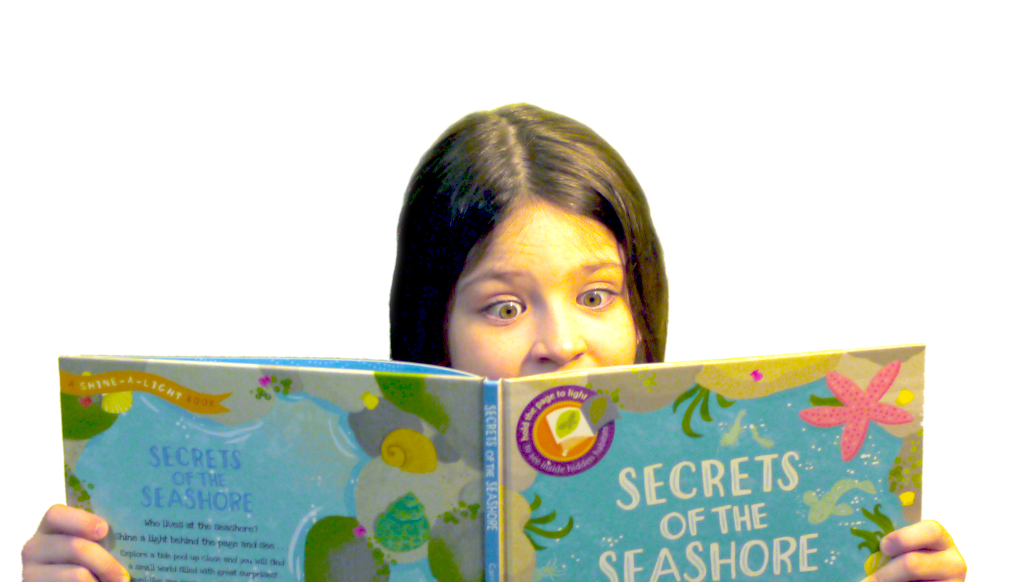Do you remember the scenes from the Little House on the Prairie books, or from Anne of Green Gables when the family gathers in the evening and someone (usually one of the children) is asked to read aloud from the family’s book of poetry, or from the Bible, or another treasured family volume? I have always been drawn to those scenes. There was a peace in that home, a decorum, a quiet strength and joy in those moments. It always felt like a faraway bliss; just a picture from another time – a thing that we could never achieve or experience in today’s day and age. Then I began to think: why not try it? I began a habit of reading aloud together as a family, and I have been amazed at the success, at the benefits, at the bliss!
If you haven’t read aloud to your children since they were small, the older ones may balk at the idea, but just like my daughter said recently when I forced her to visit a museum, “Wow, this is more fun than I thought,” and she didn’t want to leave, you will soon be hearing, “Aww, don’t stop, Mom, just one more chapter, pleeeaaase.”
Four of the reasons you should never stop reading to your kids can be remembered using the four letters of the word READ. R for Relationship, E for Empathy, A for Adventure, and D for Dream. This article explores the first:
R is for Relationship
I have heard many people say that their child doesn’t like to read or doesn’t like books. I’ve NEVER had the parent of a child under 5 tell me that – only the parent of a school-age child. The thing is, we typically stop reading aloud to our kids when they learn to read on their own. Reading was a snuggle-with-mom time before, but for the school age child becomes a chore, a task, or homework.
Many parents have a beloved picture book, story book, or nursery rhyme book they love to read to their little ones, but as children get older, the reading together time dwindles, then completely disappears. But so many of the same benefits of reading to younger children still apply as our children grow. Not the least of these benefits is that reading together builds relationships. There is the investment of time spent together and simply a a physical connection as you sit side by side and hear each other’s voices.
One of the proofs of the relationship-building power of reading together is that it works not only with children. In the 2nd year of our marriage, my husband and I realized we were both interested in a book series that neither of us had yet read, and we spontaneously decided to read these books aloud together. We’ve been married over 15 years now and our times reading together are some of the sweetest memories we possess. We also credit those times with having helped us to bond, to understand each other better, and to improve our communication.
I have since found that these same benefits exist when reading aloud with our children. Reading together creates a stronger bond between parents and children, and even promotes bonding between siblings. Through the story they share the same adventure. Together they consider and discuss the challenges and character traits of some young hero, and their own resemblance to or dissimilarity with that hero. There is a resulting shared dialogue. It’s so gratifying to hear one of your kids remark to the other “Let’s play the ‘Glad Game’, like Polyanna!”
This year I witnessed one of the most powerful evidences of the strengthening of relationship through reading aloud. My husband’s grandfather suffered a stroke and when we were with him in the hospital, he was struggling to communicate. In what would be just hours before his death he was getting frustrated, desperately trying to make us understand him, but he just couldn’t get the words out. So, just to help calm him, my husband began to read aloud to him a well-loved passage from the Psalms. Pappy began to recite right along with him, following the rhythm, forming the familiar words line by line. And they cried, and I cried, and that beautiful connection wouldn’t have happened without orally sharing the written word!
The simple truth is that ANYtime you read aloud ANYthing with ANYone, your relationship with them is strengthened. You communicate in a new way, have something new in common. Authors Michael and Debi Pearl mention in their book To Train Up a Child the concept of tying strings. We as a family are bound by strings of “mutual love, respect, honor, and good times we have had together,” but our ties that bind can be “cut by selfishness, indifference, or pride.” We need to be constantly tying new strings. What better way to do this than by the shared experience of a good story as you read aloud together!
